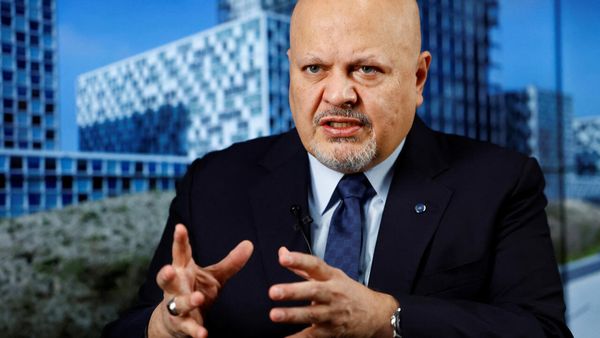
Australia’s population is forecast to grow at its slowest rate since federation, the latest intergenerational report from Treasury has found.
The report, which forecasts what the next four decades will look like, has found population growth is projected to slow to an annual average of 1.1% over the next 40 years, compared with 1.4% over the past four decades.
“Australians are expected to continue living longer and remain healthier to an older age, while having fewer children. This is leading to an ageing and a slower-growing population,” according to the report.
That has Australia hitting the 40.5 million population mark in 2062-63, which is broadly inline with the last IGR released by Josh Frydenberg, which predicted Australia would reach 38.8 million people in 2060-61, but outside the 39.7 million population forecast by 2054-55 contained in the 2015 report.
On current trends, Treasury projects that population growth is expected to decrease over the next 40 years to 0.8% in 2062-63. Overseas migration is expected to continue to support Australia’s population growth, along with natural increase, but both are projected to fall.
“The level of net overseas migration is assumed to remain fixed at 235,000 persons over the long term,” an extract of the report reads.
“Natural increase is projected to fall as the population ages, with deaths projected to increase faster than births.”
But the so-called “big Australia” used for political point scoring by the Coalition and Pauline Hanson is not among Treasury’s forecasts.
“The 2023–24 budget forecast that net overseas migration will recover in the near-term due to the temporary catch‑up from the pandemic. It is expected to largely return to normal patterns from 2024-25.
“Even with the near‑term recovery, on current forecasts, cumulative net overseas migration would not catch up to pre‑pandemic levels until 2029-30.
“Over the next 40 years, net overseas migration is expected to account for 0.7 percentage points of Australia’s average annual population growth, falling from 1.0 percentage points in 2024–25 to 0.6 percentage points by 2062–63.”
Covid and changing global circumstances have had an impact, but the IGR – which is usually released every five years – is never an exact science, with Treasury relying on current data trends to predict what the population and economy will look like in another four decades.
What has remained clear is the need to build up Australia’s care economy, with Australians expected to live longer – life expectancy averages are forecast to rise to 87 years for men (currently 81.3) and 89.5 for women, up from 85.4.
As millennials age out of the labour force and into old age, the IGR projects the number of people aged over 65 will more than double, while the number of people aged over 85 will more than triple, increasing demand for aged care and support services.
Treasurer Jim Chalmers, who will release the full report on Thursday, said the work to handle that demand needed to start now and that the care sector “is where the lion’s share of opportunities in our economy will be created”.
“The intergenerational report will highlight that growth in the care economy is set to be one of the most prominent shifts in our society over the next 40 years,” he said.
“Whether it’s healthcare, aged care, disabilities or early childhood education – we’ll need more well-trained workers to meet the growing demand for quality care over the next 40 years.”
The report predicts under “simplified assumptions” the care economy could increase from about 8% of GDP today, to about 15% of GDP in 2062-63.
“This assumes current projections for Australian government spending in this report and an assumption that other levels of governments and the private sector maintain their share of spending on care and support,” the report says.
“Were employment to grow in line with the sector’s GDP share, then this would continue strong growth in care employment, with the number of care workers having more than doubled over the last 20 years and estimated to double again over the next 40 years.”







